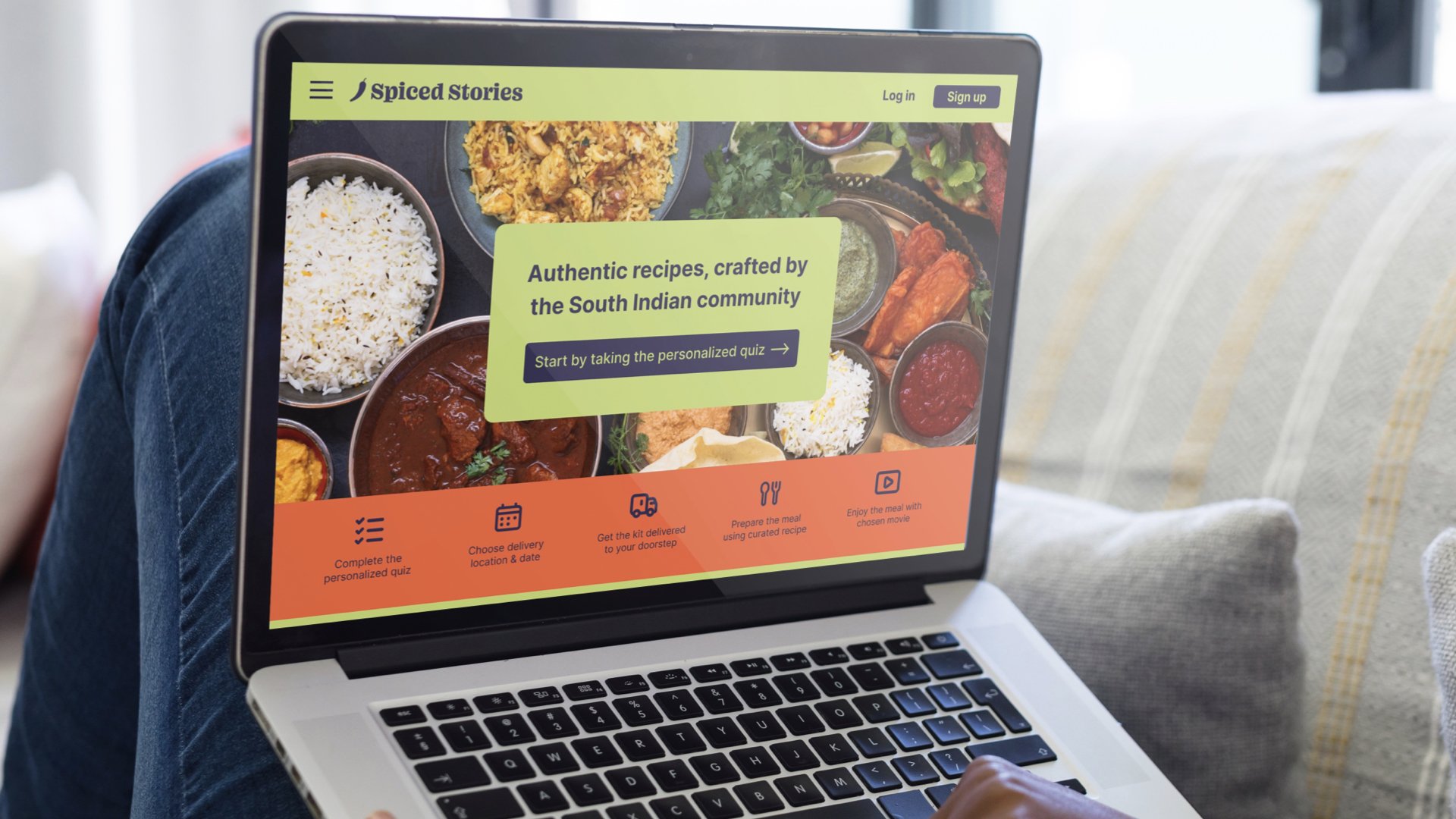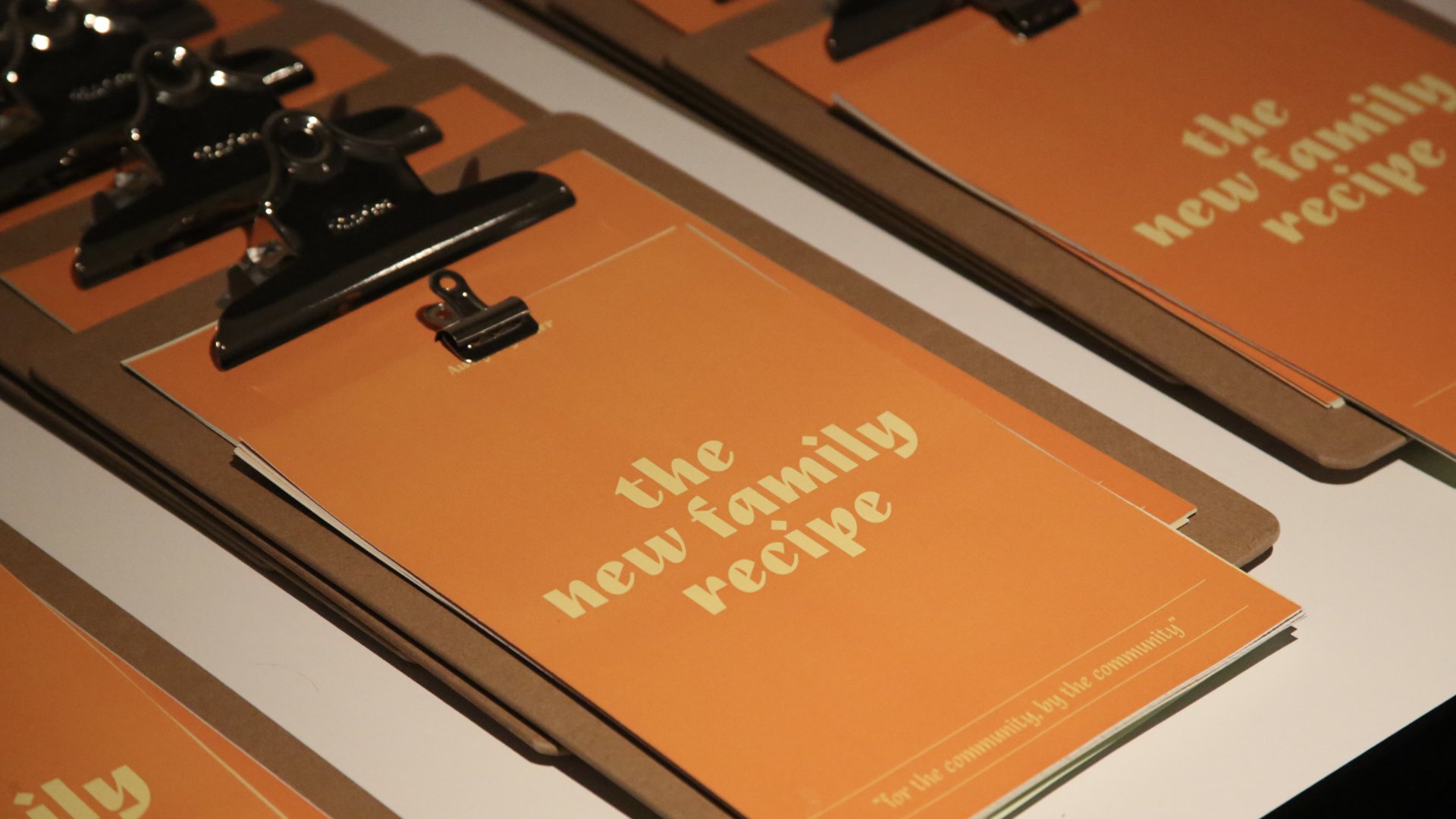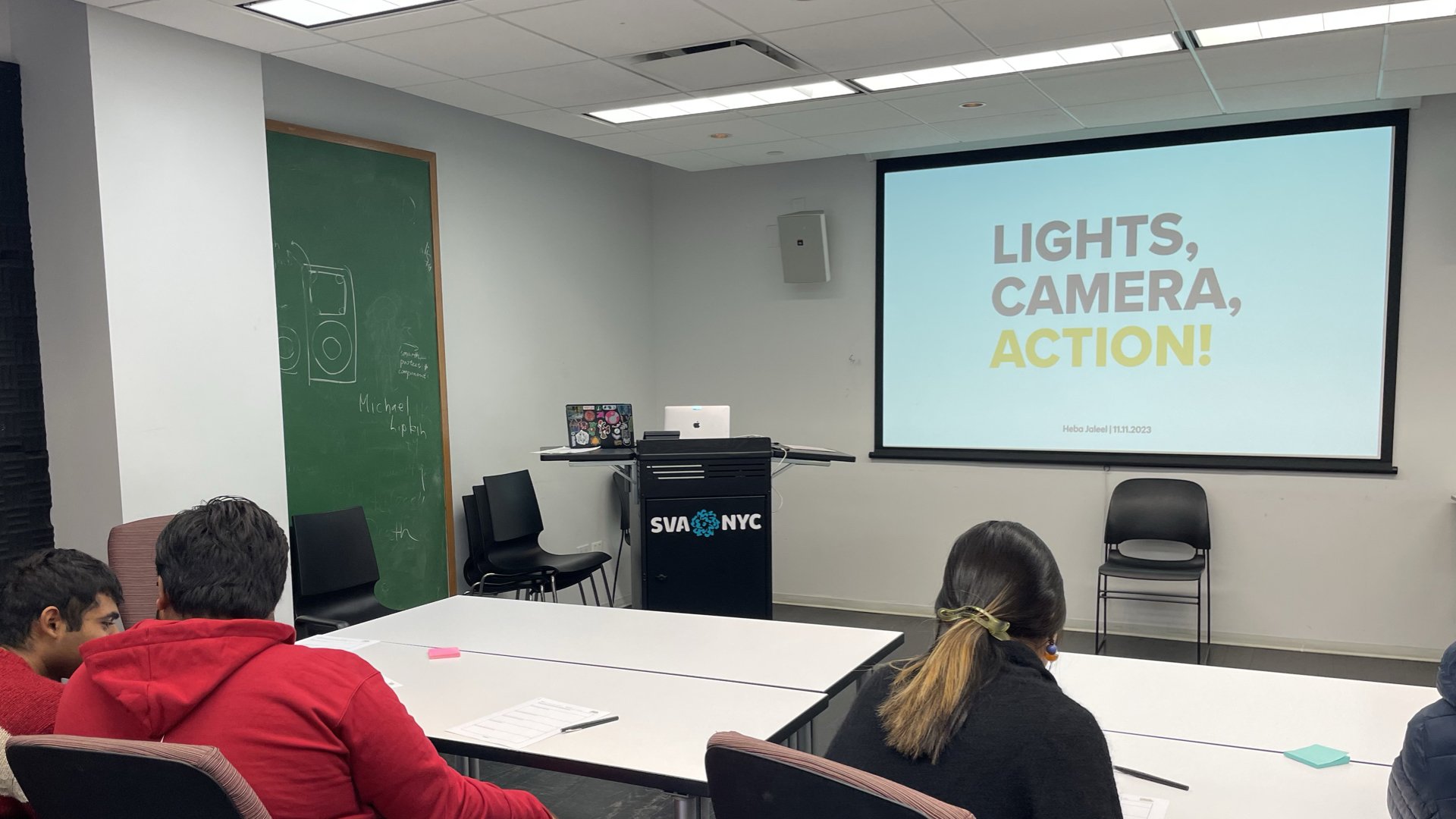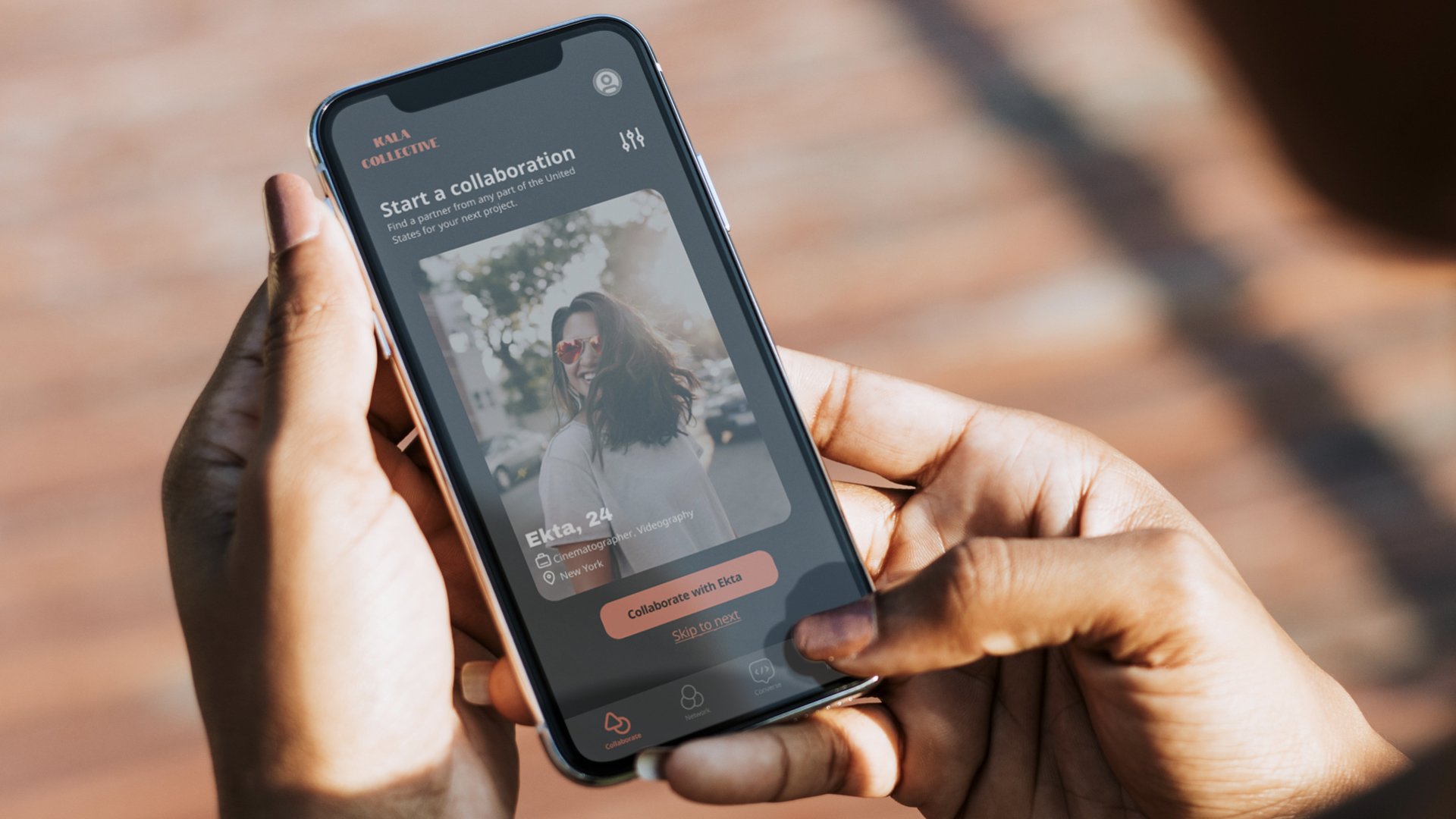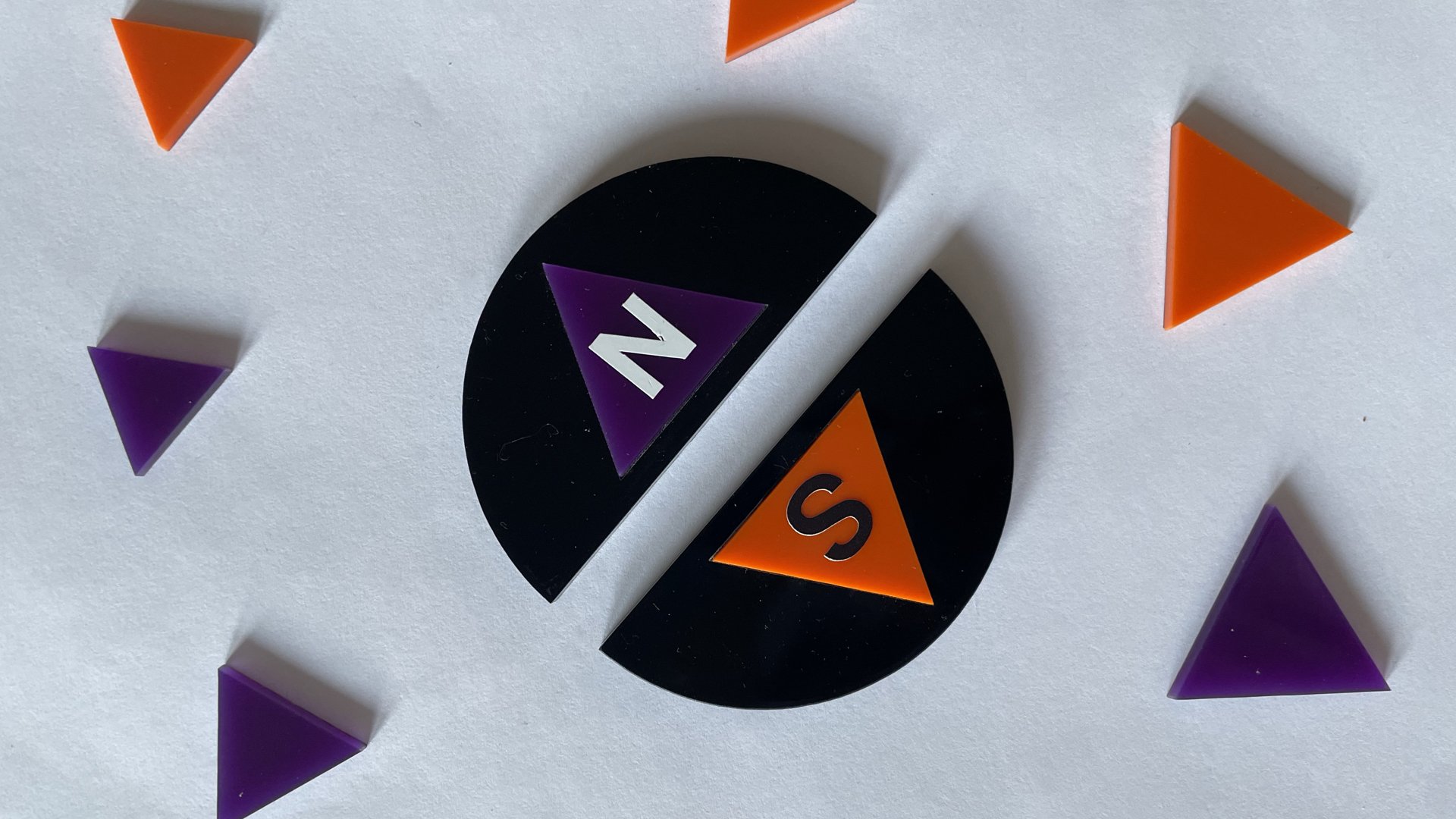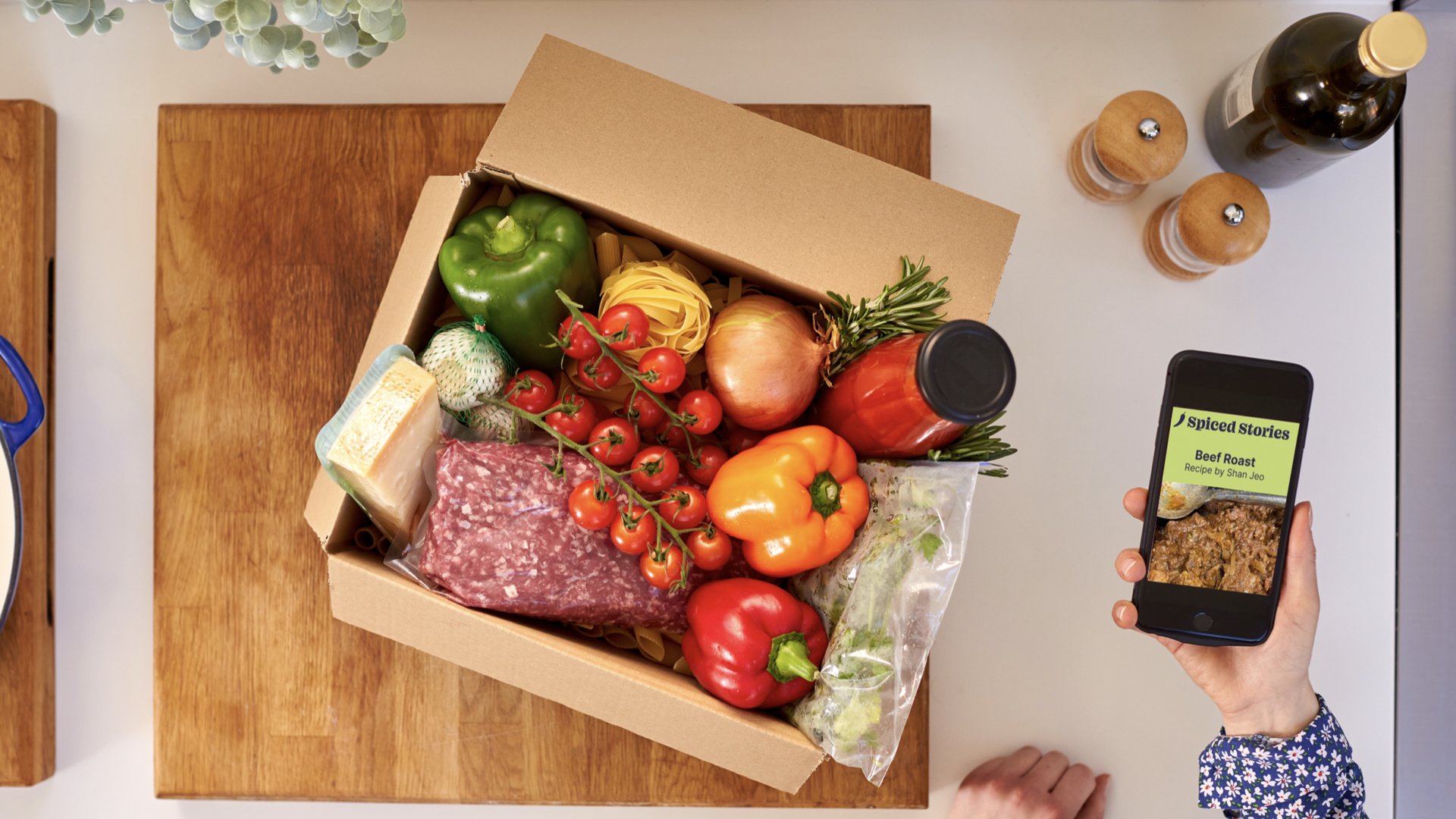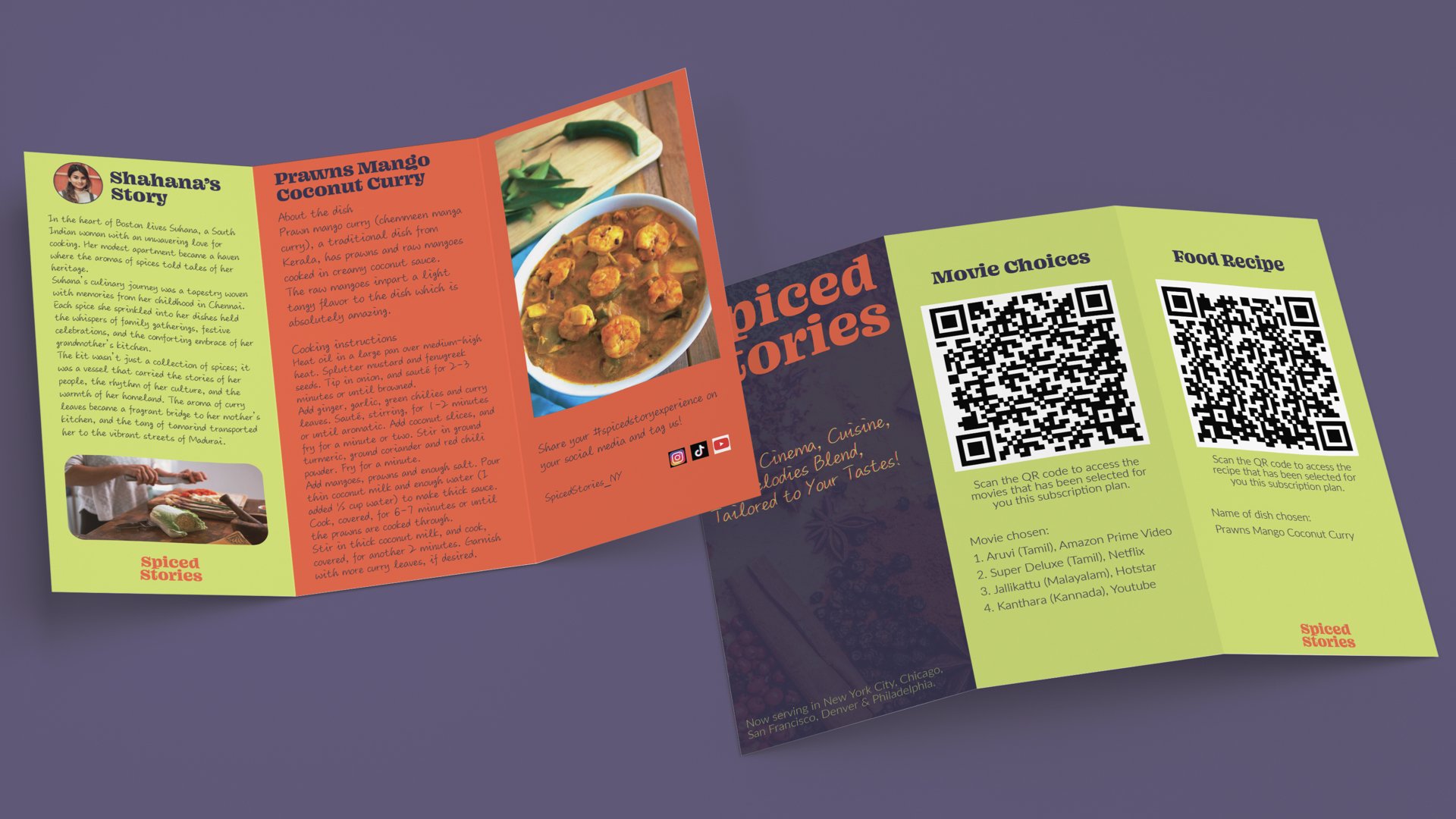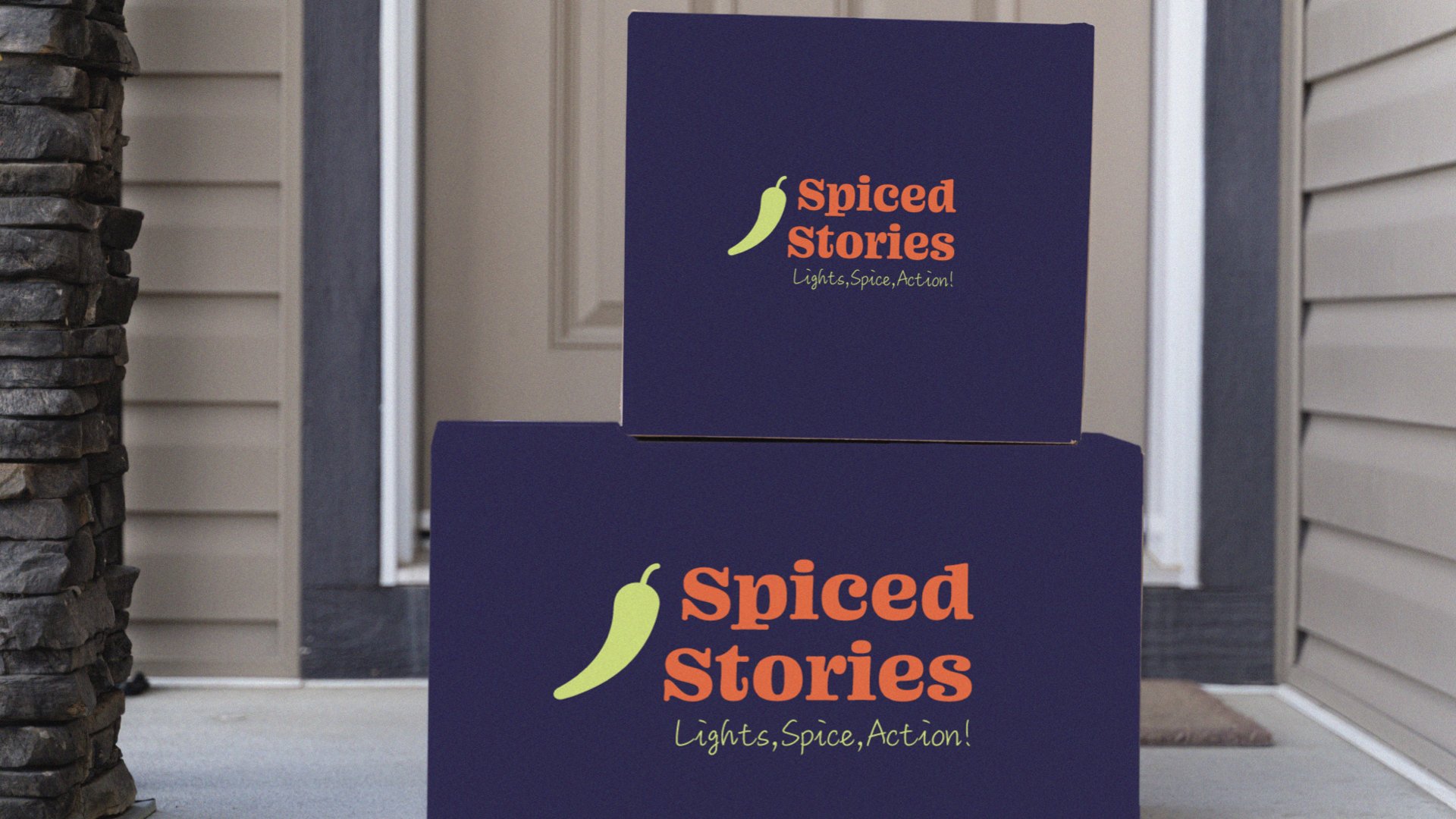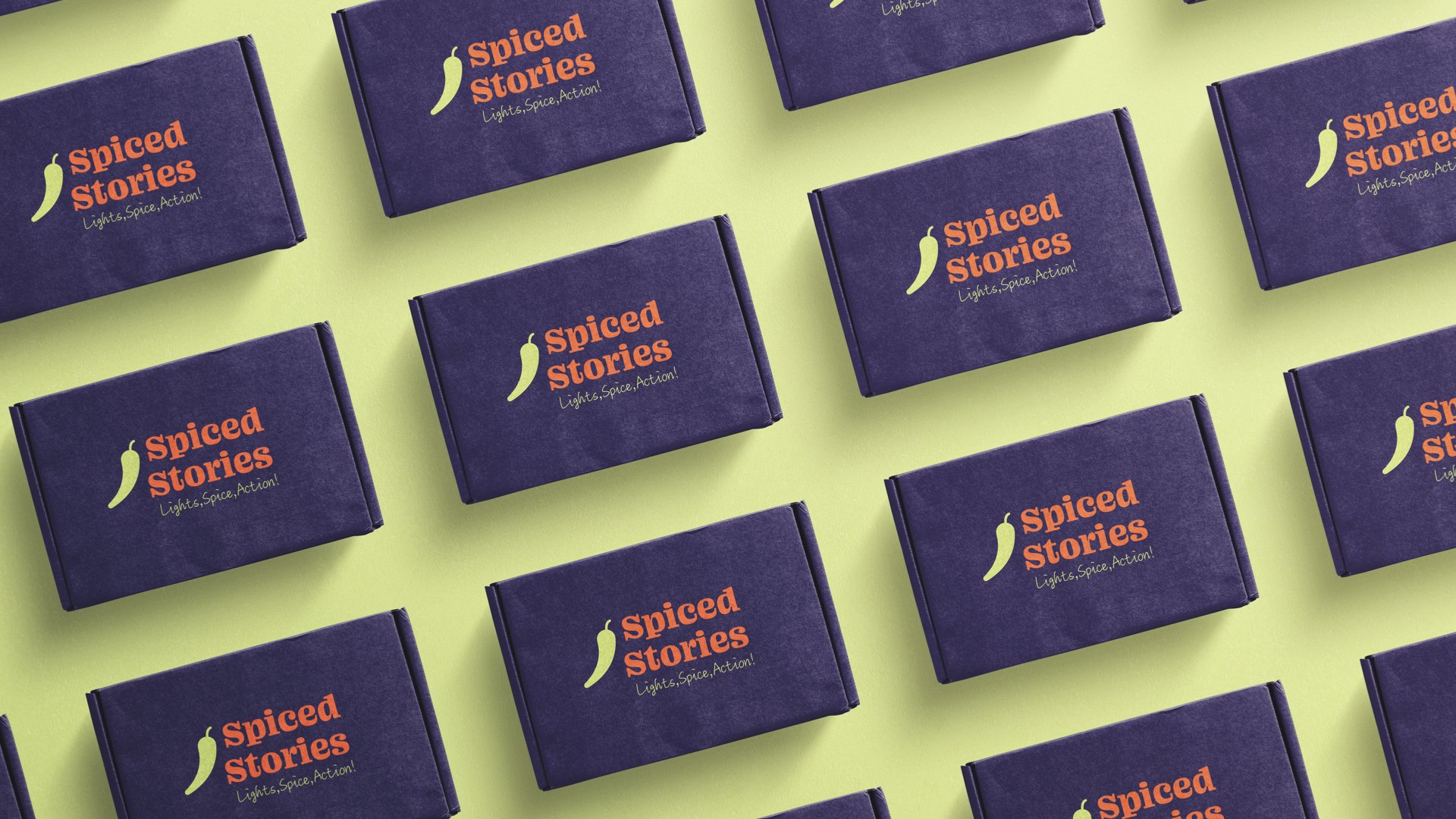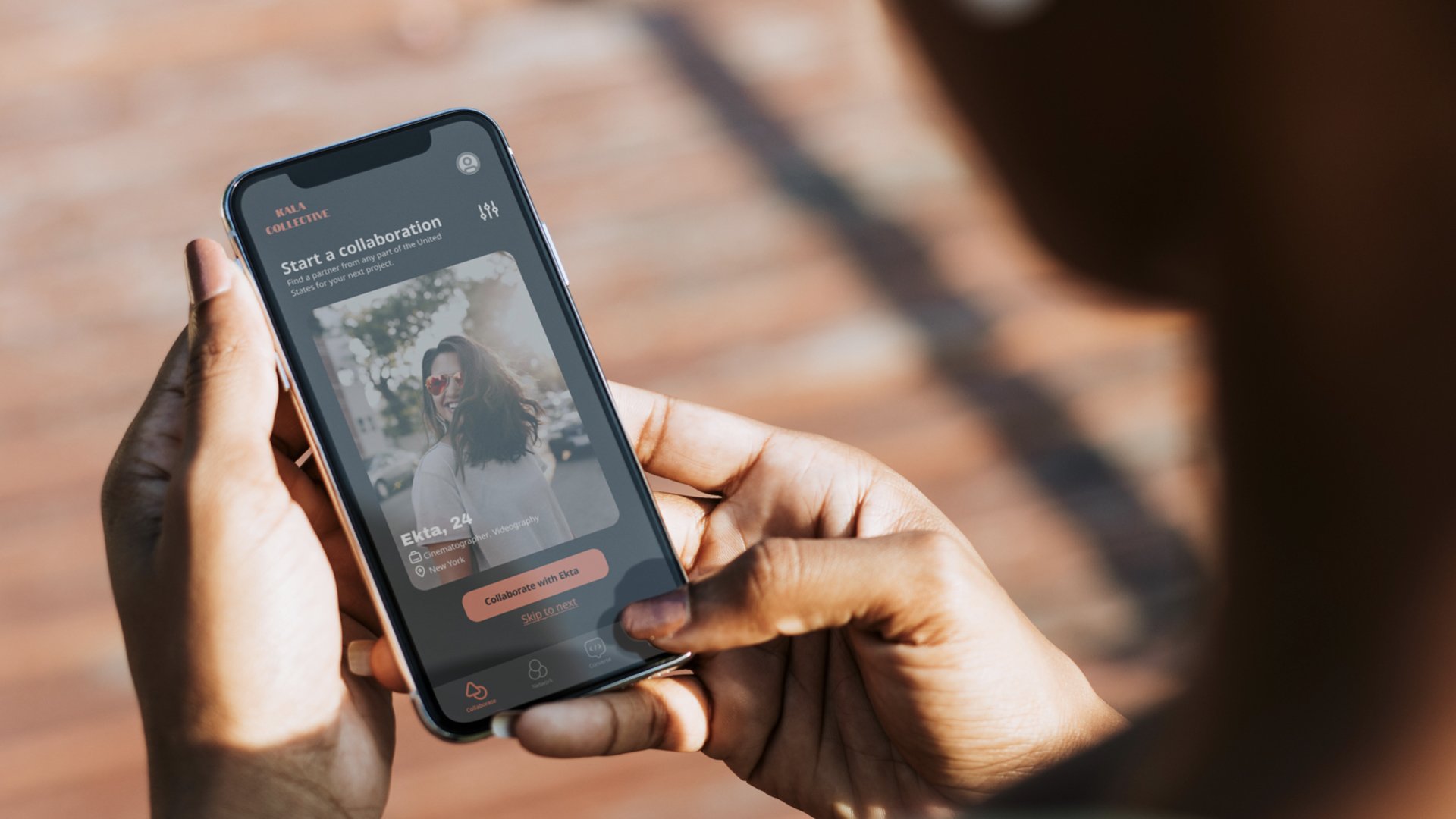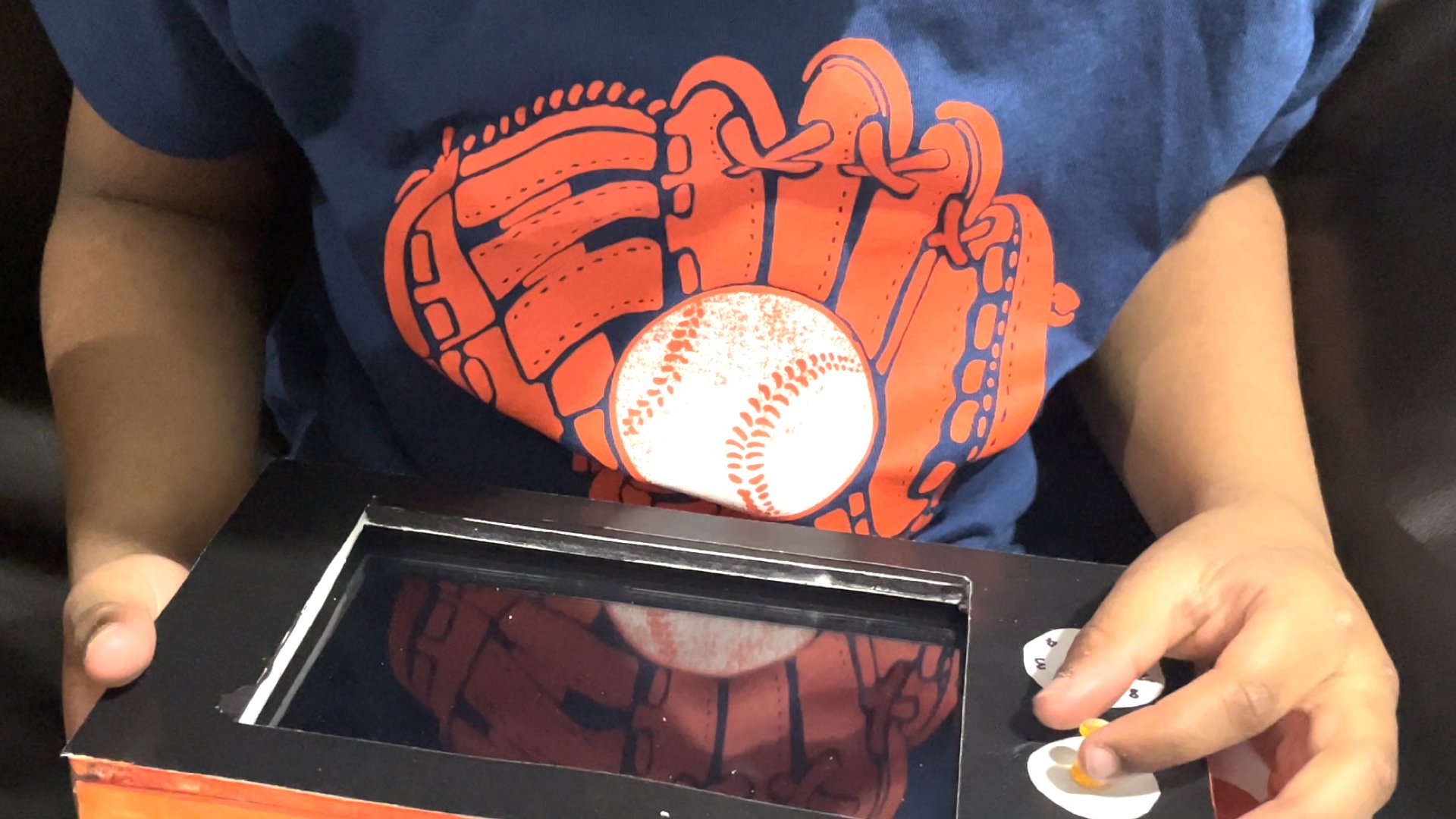We Too Belong Here: Uniting and Strengthening South Indians Through Community Collaboration
Heba Jaleel’s thesis, We Too Belong Here: Uniting and Strengthening South Indians through Community Collaboration, tackles the issue of South Indian culture being overlooked and misrepresented within contemporary American society. In an increasingly diverse American landscape, the establishment and nurturing of a cohesive South Indian community holds immense significance. This thesis asserts the importance of South Indian representation in the United States and advocates for the creation of platforms and initiatives aimed at fostering community building and cultural preservation.
It is imperative that we initiate these conversations to address the pressing need for representation and community building within the South Indian diaspora, ensuring a vibrant and empowered future for generations to come.
Through an exploration of historical context, demographic trends, and personal narratives, this work will mention the necessity for advocates of South Indian representation and outline a comprehensive project aimed at catalyzing this movement. By engaging in meaningful dialogue, promoting cultural exchange, and leveraging digital platforms, Heba’s thesis aims to spearhead initiatives that facilitate community cohesion and amplify the voices of South Indians in the United States. “It is imperative that we initiate these conversations now to address the pressing need for representation and community building within the South Indian diaspora, ensuring a vibrant and empowered future for generations to come,” Heba shares.
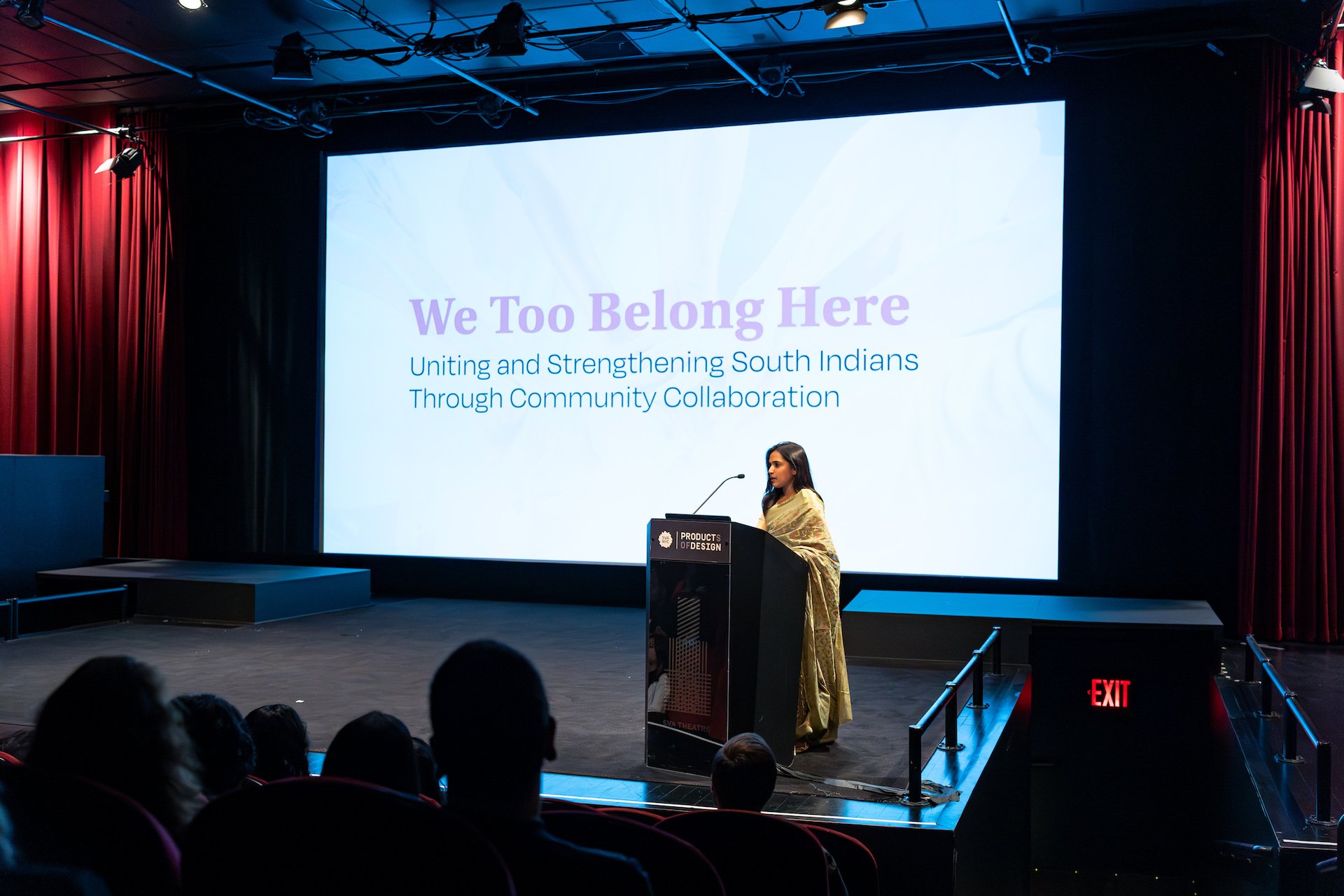
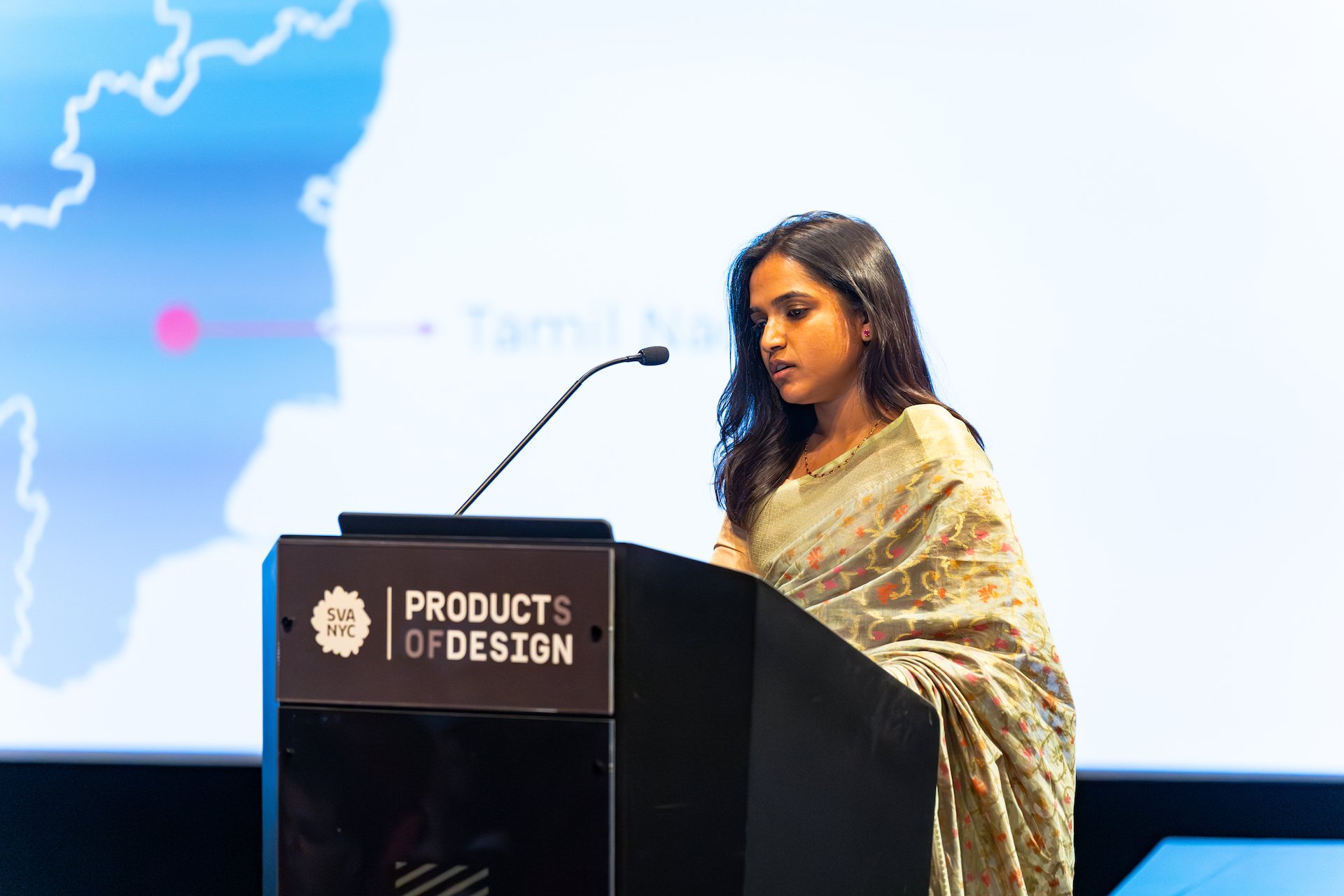
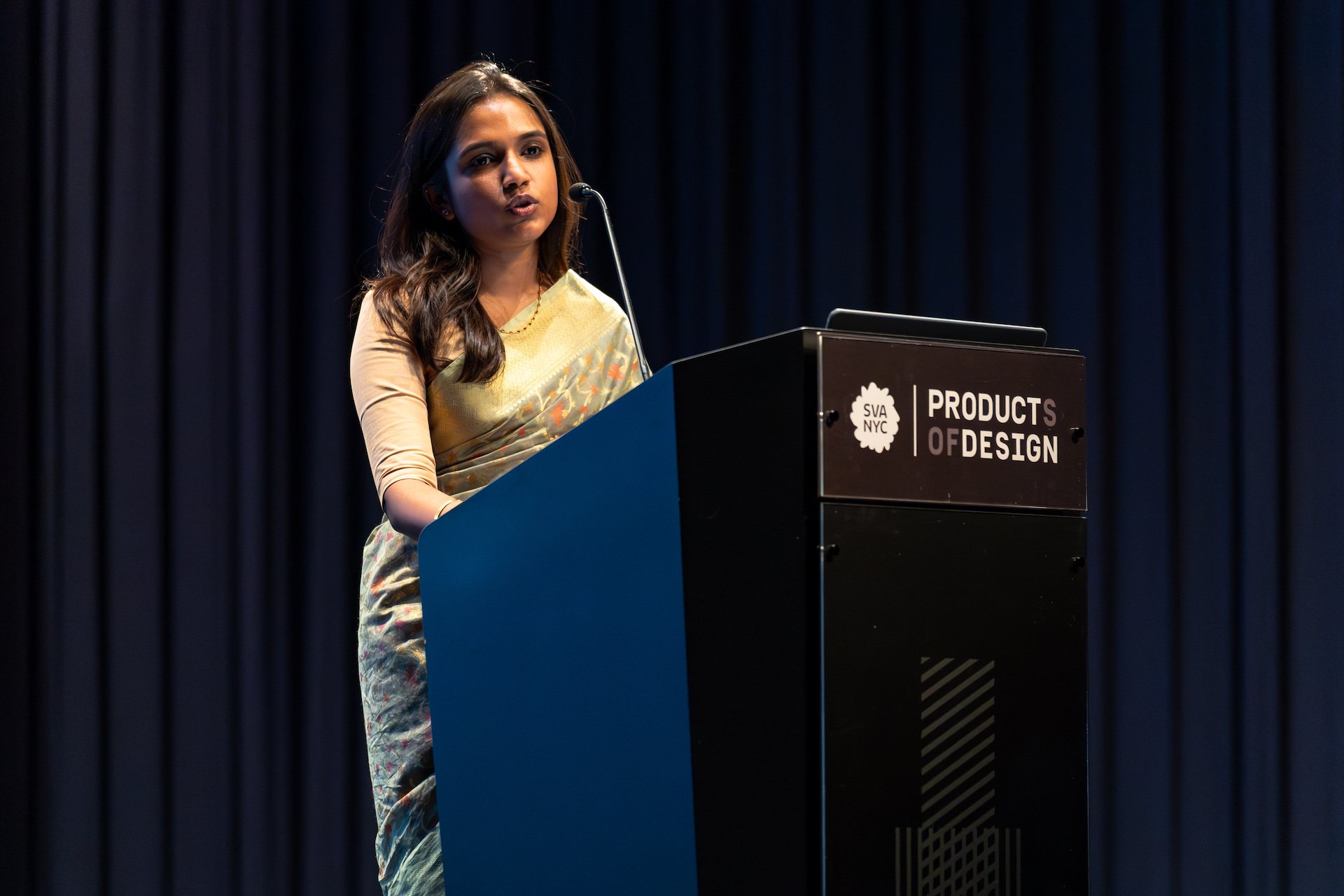
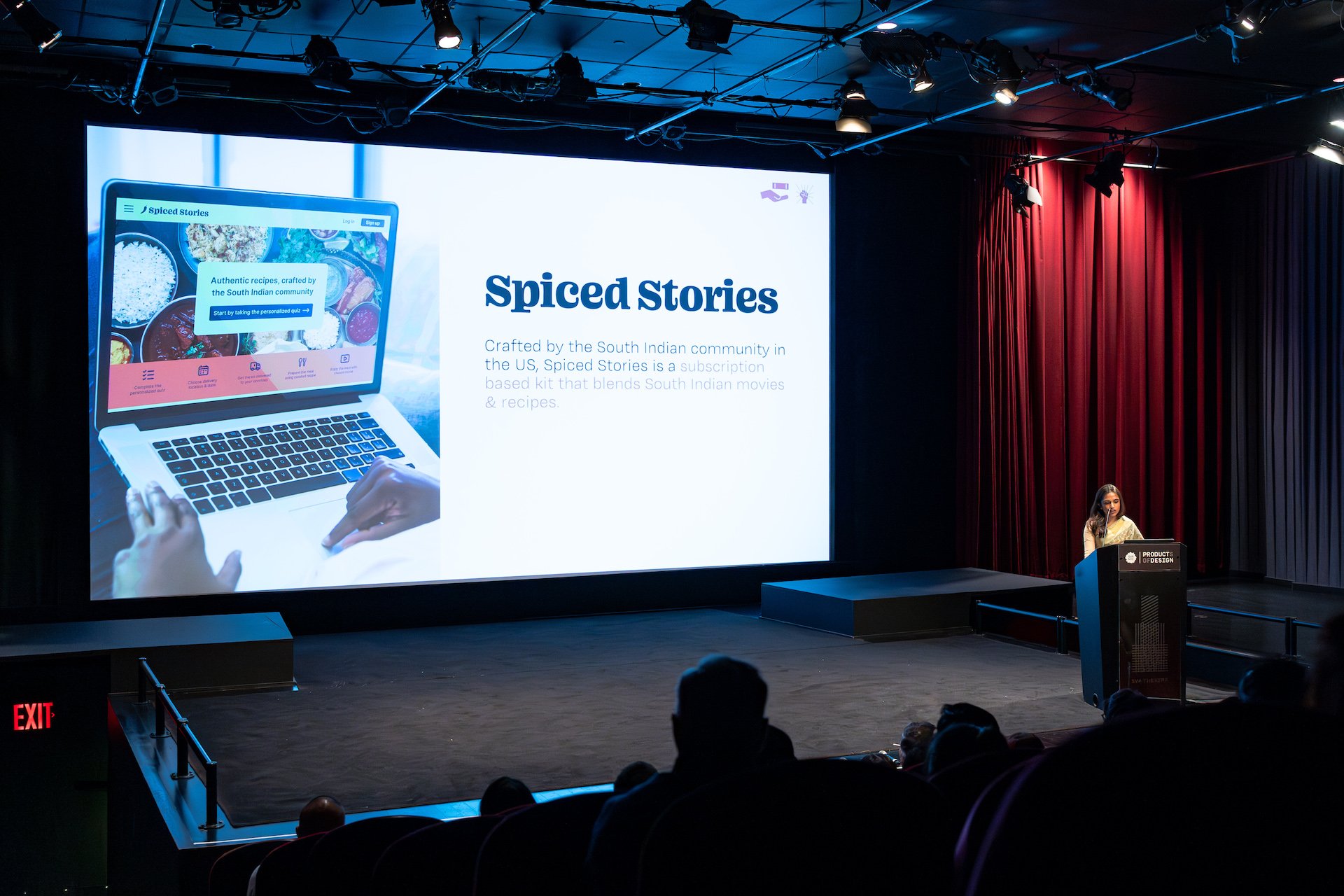
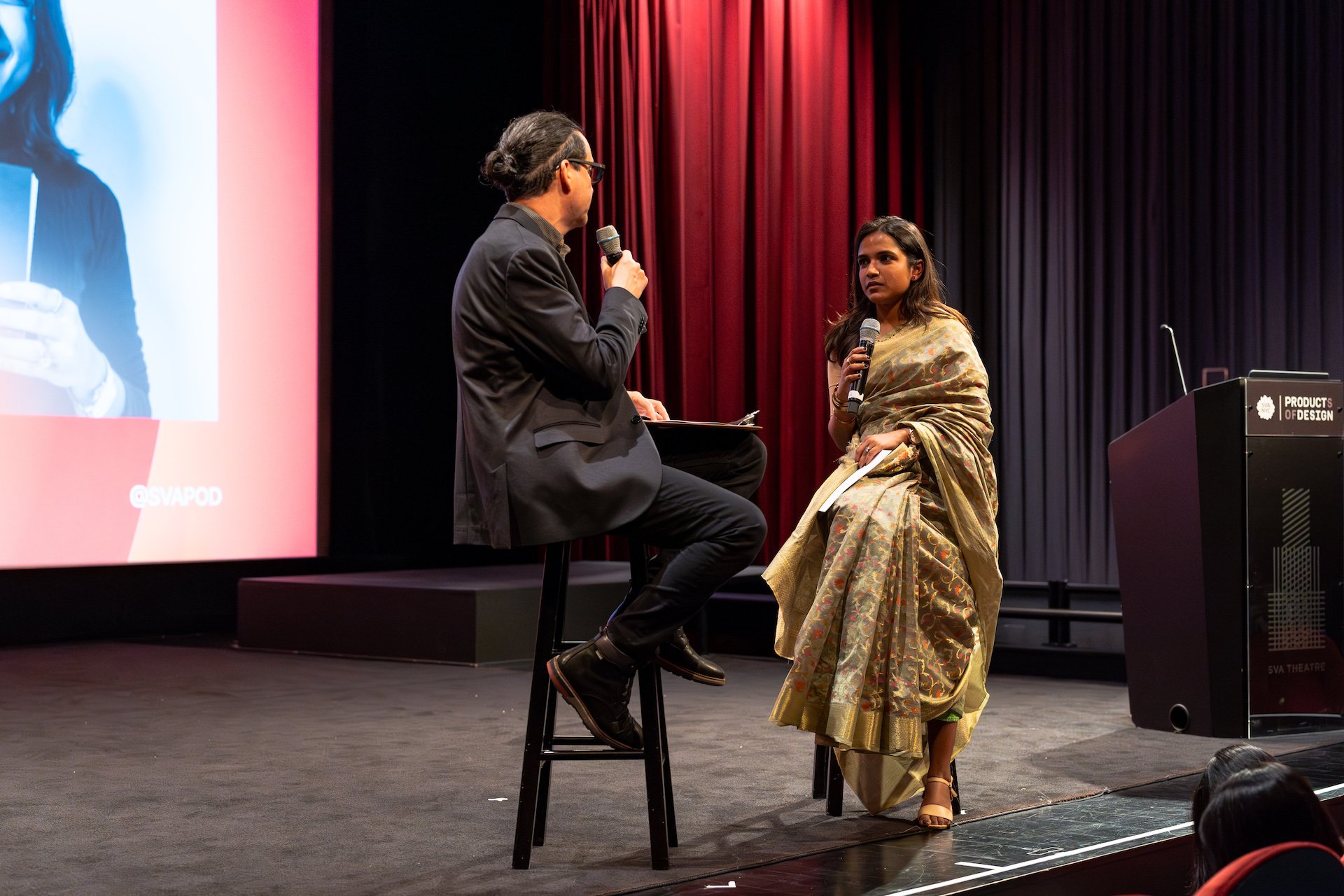
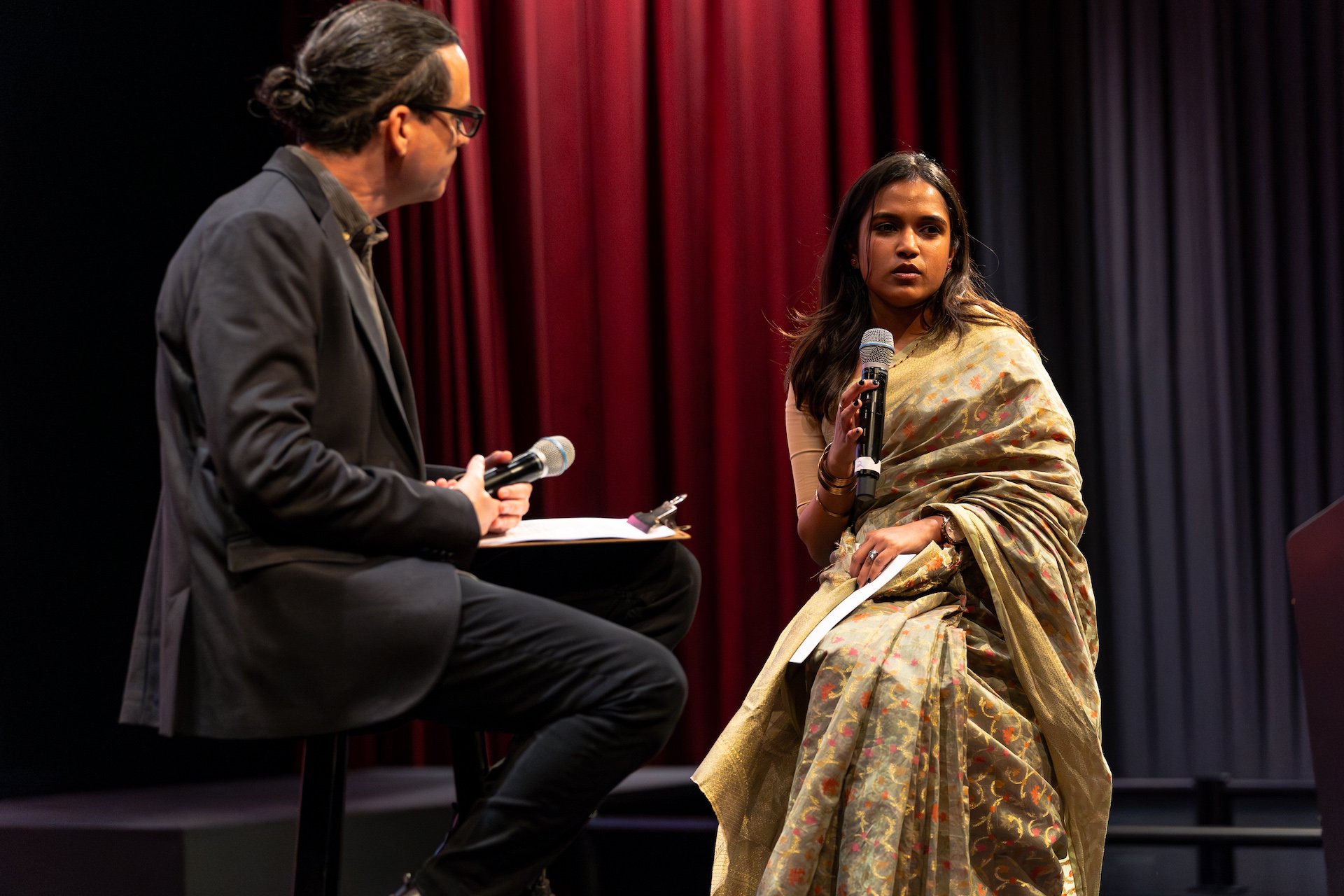
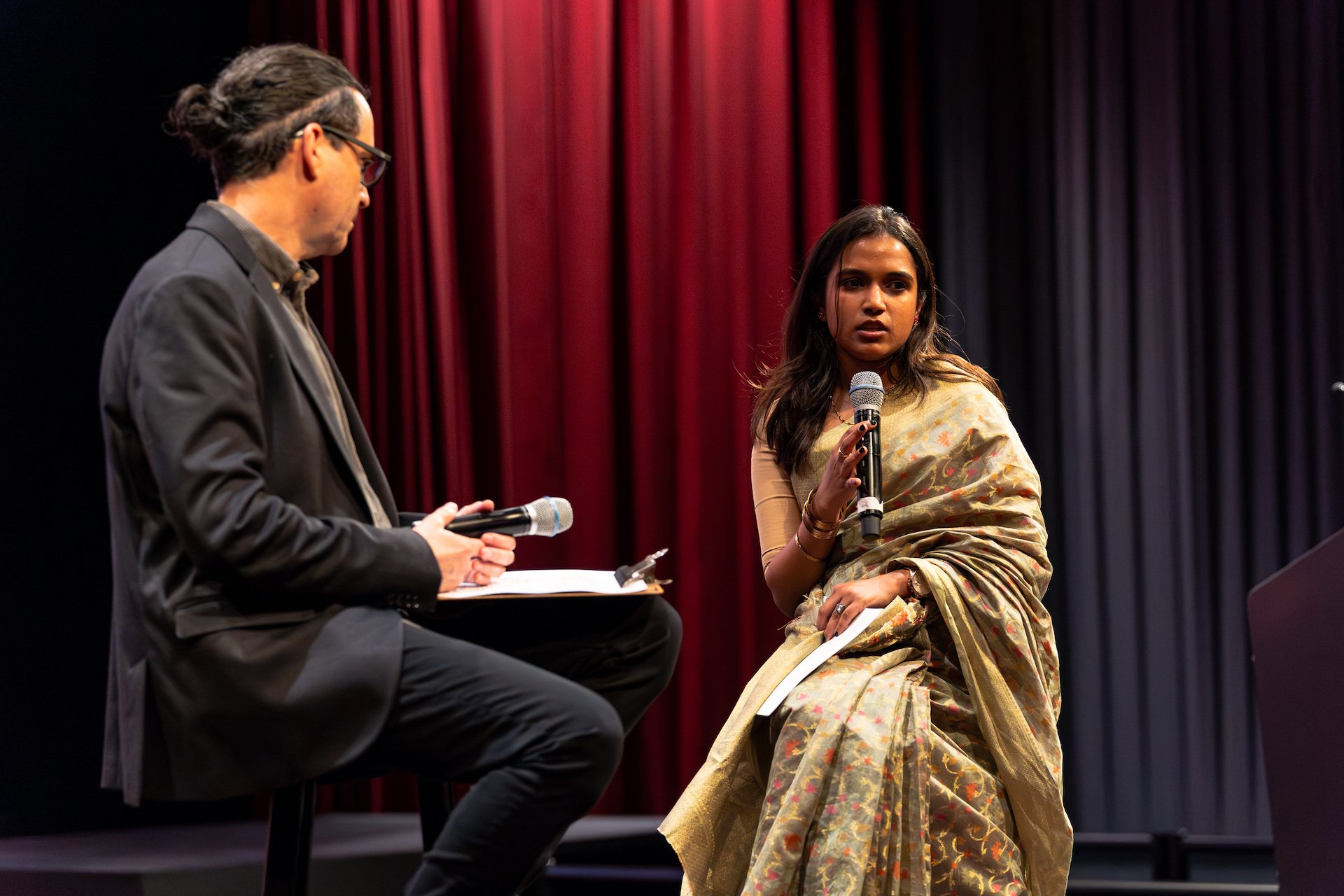
“Rarely do we see a positive representation of South India without it feeding into the already present discriminatory ideas in the minds of the people.
South Indians have been depicted as the “other”.
Their culture and language is seen as alien and different.”
- Shreya Pathak
The Cultural Buzzer
The Cultural Buzzer is a prototype with the objective of encouraging and starting conversations about Indian culture through a gamified experience with your friends or co-workers. “This simple object can educate the people around you that there is more to Indian food than Butter Chicken and Naan,” Heba explains.
How does it work? As seen in the video, the prototype features two buzzers: the N and S. The ‘N’ represents North India. You click on it to guess whether an Indian food item originates from the northern region, while ‘S’ signifies South India. You can search Indian food on any food delivery app and browse through the restaurants. You start quizzing your friend by asking them to guess if they think a particular restaurant serves North or South Indian food by clicking on the buzzer and see if they get it right.
What does it do? The Cultural Buzzer fosters meaningful discussions about Indian culture, enlightening those around you about the diverse facets beyond Butter Chicken and Bollywood, using this simple yet powerful prototype as a catalyst. This experiment showcased an opportunity because it helped in understanding that people were curious and eager to learn more about the culture.
Spiced Stories
Looking into the South Indian culinary landscape in the United States, there is a limited variety of options, as the existing restaurants lack diversity in their menu offerings. Food has the power to create a sense of identity and national pride within people. Heba saw an opening in the current market for a service that combines movies and food: one that empowers South Indians by instilling a sense of belonging and building a new collaborative community.
Spiced Stories is a subscription-based kit that seamlessly blends the richness of South Indian movies and delectable meal recipes crafted by the South Indian community within the United States. “It is a South Indian twist on dinner and a movie,” Heba explains. “Each package is thoughtfully personalized based on the quiz responses of each participant, tailoring the experience to individual preferences gathered through user suggestions on the website.”
Who is it for? Spiced Stories is created for a market that is hungry for authenticity and connection: young adults between the ages of 18 and 34, which in New York alone constitutes 2.5M people. It includes both working individuals and international students. Heba designed Spiced Stories specifically for South Indians, both second generation and recent immigrants who are homesick for their own cultural traditions, in order to help them feel closer to home.
How does it work? Each package is thoughtfully personalized, tailoring the experience to individual preferences gathered through user suggestions on the website. Users are invited to participate in a comprehensive quiz covering their culinary inclinations, such as spice tolerance, dietary restrictions, and cooking comfort level, as well as their cinematic tastes, including preferred genres, mood, and desired movie length. Following completion of the quiz, users can easily log in or sign up and select from our flexible subscription plans, including weekly, monthly, and quarterly options. For added convenience, users can opt for a trial kit before committing to a subscription. The final step entails selecting the desired delivery date and location, ensuring a seamless experience from start to finish.
“The Spiced Stories kit will be conveniently delivered right to your doorstep. Inside the box, you'll find all the ingredients necessary to whip up the meal of your choice, accompanied by a handy recipe brochure. What's more, we've included a QR code on the brochure, granting you instant access to both the recipe and specially curated movie recommendations.”
Away Together: The Cultural Potluck
Away Together is a series of experiences for South Indians living far from home that aims to make them feel part of a community by instilling a sense of belonging. The first experience in the series is a Cultural Potluck, which is a combination of a potluck, where people bring in home cooked meals; a watch party, where you watch a South Indian movie together; and a nostalgia circle, which is a safe space for the participants to share their stories and memories associated with food, family, and loved ones.
Each participant was given prompt cards with questions related to their association with food, culture, special occasions, and other cultural memories. At the end of the potluck, everyone was gifted a cookbook called “the new family recipe,” containing the recipes for all the dishes featured that night.
Kala Collective
Kala Collective is an online platform that connects South Indian artists and filmmakers in the United States to support each other, share professional opportunities, and find various collaborative projects. “Through Kala Collective, we want to help people appreciate the contributions and importance of South Indian film creators, as well as build a community for them, so that they feel seen and acknowledged,” Heba says of this platform.
The Kala Collective app has two main features, Collaboration and Networking. The collaboration feature resembles a dating app; you choose the creator or artist you want to work with. You can filter these artists based on fields like location, work expertise, and age, and you can skip until you find someone you wish to collaborate with. You connect with them and message them through the app, and your account page shows details of your ongoing collaborations.
The networking feature on the Kala Collective app focuses on events. The app provides a list of events, which appears on your network page, providing a list of details about each event, including time, location, and other information. You choose the event you like, and when you click to register the app takes you to the corresponding Eventbrite page to purchase tickets. The app tracks the events you have registered for, and the list also appears on your network page.
This platform addresses the glaring absence of dedicated spaces for South Indian creatives, facilitating collaboration and professional growth. A platform like this is necessary because the absence of such a dedicated platform for South Indian filmmakers in the United States has led to fragmented experiences, limited opportunities, and limited engagement.
Talkies
Talkies is the ultimate cultural companion for second-generation South Indian kids living in the United States. It is designed to bridge the gap between their heritage and their present environment. It is a portable tablet device that comes preloaded with movies and automatically updates each month, so kids always have fresh content to explore.
The name “Talkies” has a cultural significance, because it was the term commonly used in all South Indian states when referring to movies or films. The word became popular within the film industry after the introduction of sound in cinema. For my project, sound and language plays an important role, since there is an educational aspect involved in sharing South Indian languages with children.
Who is it for? Talkies is made for South Indian kids growing up in the US. It provides them with an opportunity to stay connected with their roots, explore their cultural heritage, and deepen their understanding of South Indian traditions, language, and values.
What are the goals of this project?
1. To spark curiosity: “Kids are always excited to learn about objects that they are unfamiliar and look interesting to them,” Heba explains. “The retro feel of the product is meant to create curiosity among kids, since this style and aesthetic is different from what they are used to.”
2. To boost cultural pride: South Indian culture is normally not celebrated (within the dominant cultural narrative, both inside Indian and in the United States). As a result, associations with South Indian culture are not seen as something to take pride in. With Talkies, the goal is to change this narrative, starting with the next generation.
3. To help kids learn South Indian languages: The educational objective of Talkies is to reduce the language barrier that exists for second generation South Indian kids. Breaking down this barrier will also help build emotional connections between children and their grandparents and other family members who have difficulty conversing in English.
To learn more about Heba Jaleel’s work, take a look at her projects in more detail at: hebajalil14.myportfolio.com.





